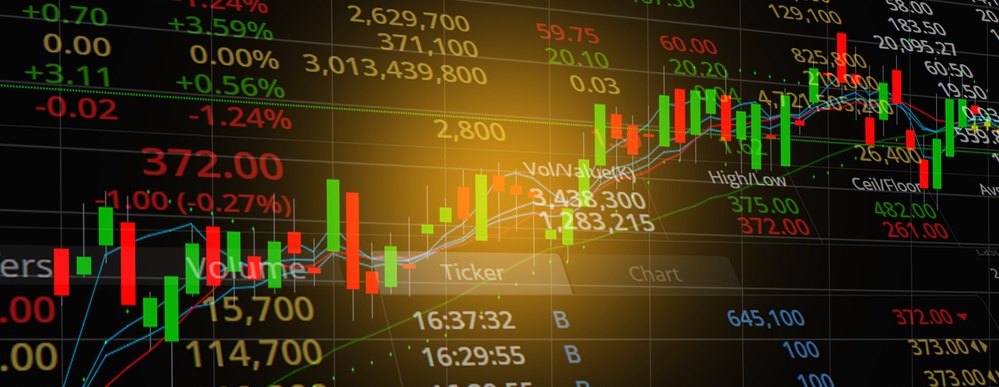Contracts for difference and futures on the face of things seem like rather similar instruments, which both providing the trader with a price tie in to be crystallised at some future point to realise a profit. Both are derivative instruments – that is to say, secondary instruments traded on the strength of underlying markets or indices – and both can be highly leveraged to maximise the earnings potential of a given trade. But in spite of their apparent similarities, CFDs are actually vastly different to futures contracts, and their contrasting characteristics should be factored in when considering which instrument is best for a particular trade.
Where Are Futures and CFDs Traded?
Firstly, CFDs tend to be largely traded off-exchange, with the broker being the second party to any transaction and any profits and losses arising paid by and to the broker orchestrating the deal. This means that the range and scope of CFDs on offer is determined by the individual broker, and there is little rigid uniformity across different brokers as to pricing and the markets they offer. Futures on the other hand tend to be traded on futures exchanges, meaning they are readily tradable amongst other investors and directly reflect underlying market movements in the assets to which they relate.
Expiry Date for CFDs and Futures
The second core difference between the two instruments is that contracts for difference are open-ended and can be held for any length of time (insofar as the costs of maintaining a highly leveraged position permit. Futures are sold with a specified maturity date on which they are exercised, giving less flexibility to the trader and giving rise to the phenomenon of price decay as their value shrinks in the run up to the point of expiry.
Cost Difference
Another obvious difference between the two instruments is the lower price entry point of trading contracts for difference, afforded as a result of their highly margined nature, versus futures which require a higher level of trader investment up front. While this isn’t necessarily an advantage for CFDs given the need to maintain and fund margin requirements for leverage, it does make CFDs a more attractive proposition for less experienced traders looking to get a low-cost foothold in this type of market.
What both instruments have in their favour is the ability to call and profit from future outcomes without actually having to invest in the underlying asset, and this form of derivative trading allows natural leverage to increase the potential gains from positive price movements.
Consider the example of a 5% rise in Company X’s share price. This rise will in turn lead to a proportionately higher rise in the value of futures contracts, for examples sake, where momentum suggests underlying shares may continue to rise over time. This effectively ensures the trader can profit at a greater level than would be the case with straight-forward investing in the underlying stocks, and particularly in the case of contracts for difference the heightened leverage potential only serves to exaggerate the potential gains even further.
Conclusion
Getting to grips with the nuances and the pros and cons of different trading instruments is essential to building a solid portfolio, and while futures and CFDs do bear a number of notable similarities it’s important to remember they are fundamentally different products, with fundamentally different characteristics which may lend themselves more closely to specific trading scenarios.

Leave a Reply